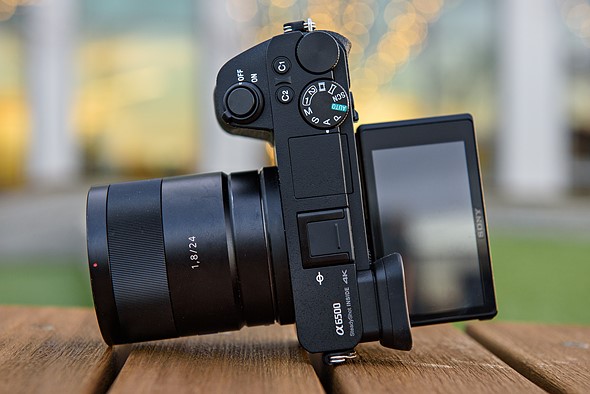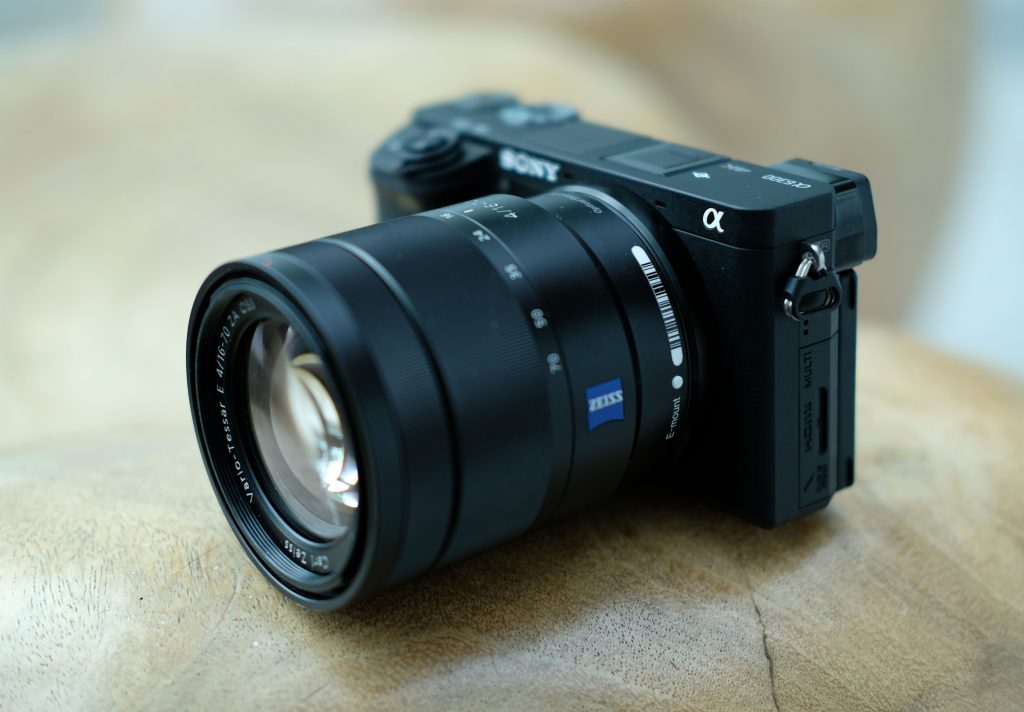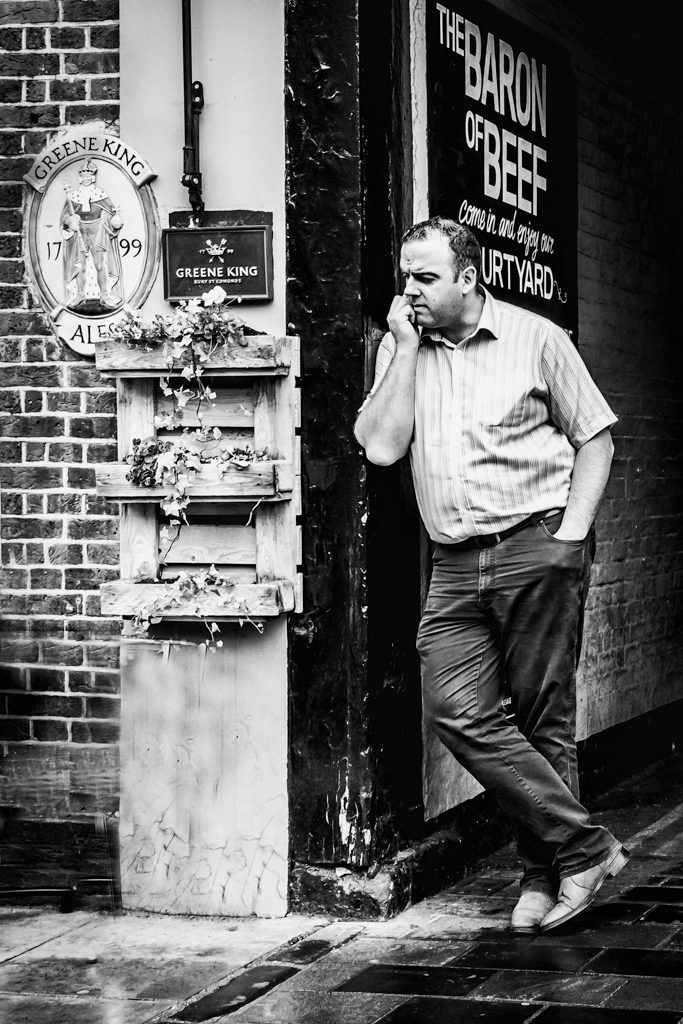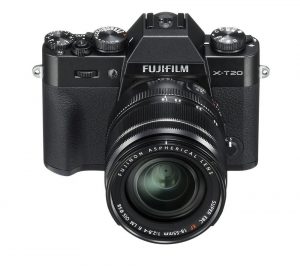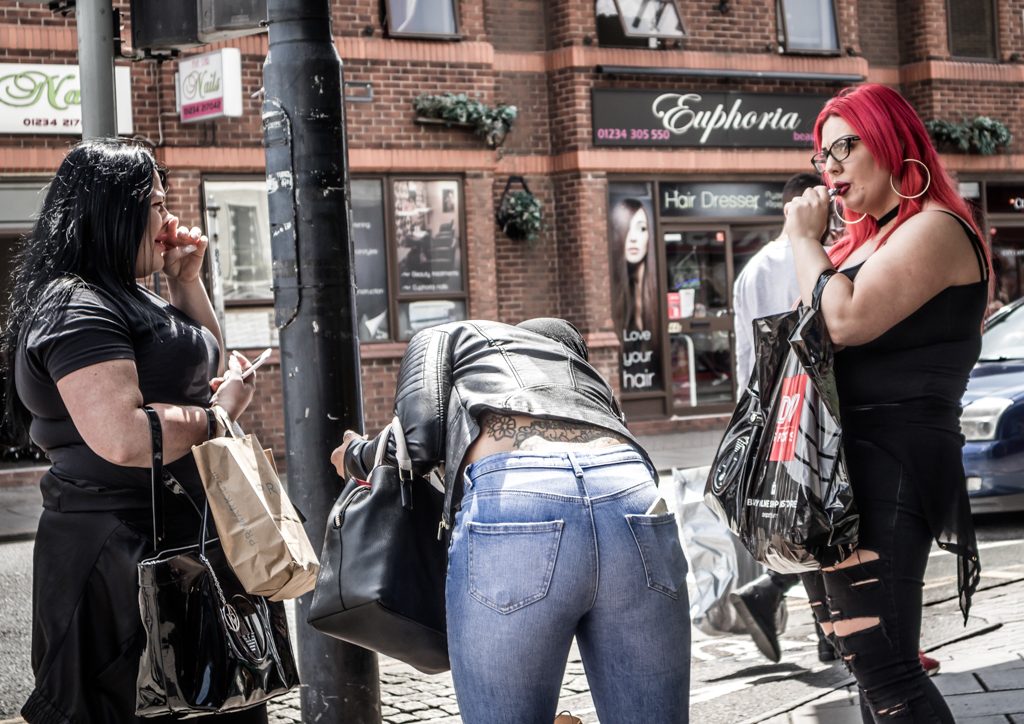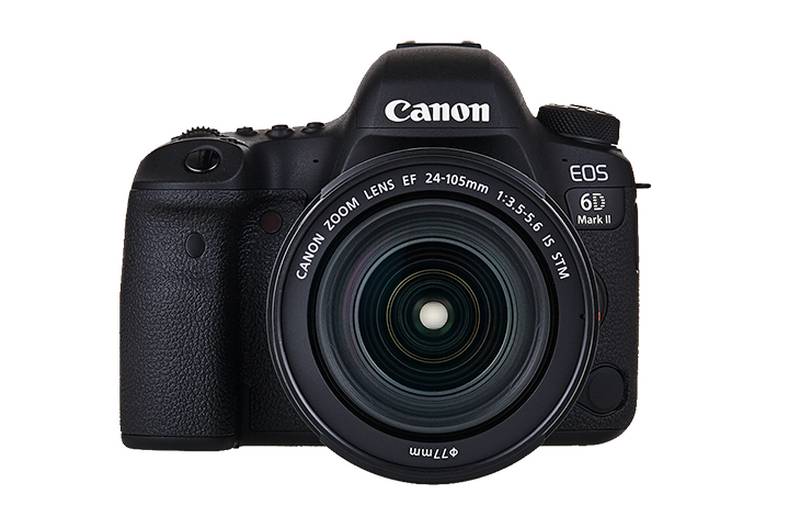
Canon EOS 6D Mark II
When the Canon EOS 6D was launched, it was a massively popular camera, full frame detail, and brilliance at a price the enthusiast could afford. In August 2017 after a five year wait, it’s successor the Canon EOS 6D Mark II was launched, and frankly, it was a disappointment. Does this camera deserve the slating it has had? Is this camera as poor as critics have made out? Let’s look at the reviews to try to understand what went wrong, and try to understand whether the doom merchants were proved right.
In July last year, the wait was over the 6DII which had been heavily trailed on Canon rumour sites and forums was finally released.
Canon EOS 6D Mark II: Digital Trends Review
Digital Trends was one of the first to review the camera based on a Canon sponsored trip to the Grand Canyon to test beta models prior to release. They were impressed by the new spec’ compared with the old Canon EOS 6D.
- Digic 7 processor vs Digic 5 in the 6D.
- An all new 26.2 megapixel full-frame sensor vs a 20 megapixel full frame sensor
- ISO increased from 25,600 to 40,000
- Burst rate from 4.5 frames per second (fps) to 6.5.
- GPS is built in for automatic geotagging without requiring a mobile app as in the 6D
- The 6D 11 point AF system with one cross-type sensor, is replaced by a 45 point all cross type AF sensor
- New Dual Pixel autofocus (DPAF) technology
- New articulating three-inch touchscreen with a 1.4-million dot resolution.
However, they were disappointed that there was no 4K video. Furthermore, despite Canon’s hospitality, there were already the first hints of the disenchantment to come:
After waiting some four-and-half years, it would have been nice to see the 6D take a bigger leap forward, rather than just play catch up to the rest of the product line.
Canon EOS 6D Mark II: Pocket-Lint Review
Pocket-lint were one of the next reviewers on the block. They praised the versatility of the camera, especially with the articulating screen and pointed out how light the camera was compared to the 5D IV, and Nikon.
They were impressed:
- The 6D 75g is lighter than the Nikon D750.
- The Dual Pixel AF technology = fast focusing
- The 7560 RGB+IR metering sensor performed well
- There was now Bluetooth
However, it was mixed with reservations:
- The viewfinder only covers 98% field of view, meaning you are likely to be cropping the edges. With the 5D IV it is a 100% field of view.
- There are 45 autofocus points all cross type, more than the 11 with just one cross type in the 6D, but less than the 61 in the 5D IV.
- The burst rate of 6.5fps is half a frame slower than the 5D IV.
- There is only one card slot compared to two on the 5D IV. An annoying restriction for wedding and professional photographers.
At launch, there was around one thousand pounds difference in price between the Canon EOS 6D II, and the Canon EOS 5D IV. However, the reviewers questioned whether for all customers the additional £1000 was worth the few additional features.
For many it will fulfill every need at a far lower price than buying a 5D Mark IV, which gives this full-framer considerable appeal.
Canon EOS Mark II: Ken Rockwell
I respect Ken Rockwell. His reviews are detailed, and he seems to be dead straight, there are none of the current biases e.g. mirrorless vs DSLR, Canon vs Nikon vs Sony, Fujifilm vs the world. I bought the Canon 6D based on his recommendation, so what are his views and comments about the 6DII.
- The image quality is the same, but it may take more time and trouble to change settings than with more expensive cameras.
- The 6DII is light compared with Sony’s top full-frame mirrorless cameras which aren’t much lighter.
- High quality domestic Japanese production, not offshored to China or Thailand like Sony or Nikon.
- There is no facial recognition, which now comes as standard with most mirrorless cameras
- There is at least some weather sealing
- “The rubbery grip material is the best in the industry. It’s super grippy, yet firm. It’s as if it’s made of the same nanomaterial as the footpads of a lizard that grip anything without being sticky”
- Ken Rockwell has shot the same scene at various ISOs and his conclusion is that the high ISO performance is state of the art and matches other current full-frame cameras like the Sony A7R Mk III.
The review is summed up by some encouraging words.
The original Canon 6D has always been the world’s best low-cost full-frame DSLR, and this new 6D Mark II is even better.
The 6D Mk II is excellent for most DSLR uses like landscapes, however for people pictures I prefer a camera with facial recognition for regular viewfinder shooting, like a mirrorless camera or a higher-end Canon DSLR.
Canon EOS Mark II: Dpreview
Dpreview is another respected source. Here are some of their views and comments that we have not picked up in previous reviews:
- There is face detect in Live View using the articulated screen rather than the viewfinder.
- Not having a flash is not a big disadvantage because the high ISO performance is so good.
- Canon’s metering system tends to underexpose backlit shots.
- Subject tracking AF is not up with the best, meaning that there could be some out of focus shots in the middle of a burst
- The 45 point AF is centred, which can be a disadvantage if you want to compose off centre.
However, the review picks up on the main flaw in the 6DII, which is that the new 26 megapixel sensor is not sensitive at low ISOs especially in terms of dynamic range, which means that recovering detail from dark shadow in RAW is compromised. Images appear noisy which means that the flexibility you might expect in post processing is not there. Tests by Dpreview show that it is the new sensor that is adding the noise. They conclude that:
the benefits that appeared in the sensors used in the EOS 80D and EOS 5D IV have not been applied to the latest EOS 6D
Sensor performance they claim falls well behind competitors and is no better than the original 6D. So in conclusion:
Let’s be clear: The EOS 6D Mark II is, like so many other cameras, capable of outstanding images in the right hands. But even considering all the traditional Canon bonuses like great color, ease of use for video capture and comprehensive lens ecosystem, the 6D II falls too far short for us to recommend it over the competition, and therefore it doesn’t merit our highest awards.
Canon EOS Mark II: DXOMARK
For definitive laboratory type sensor testing go to DXOMARK.
Picture quality is based on two factors, sensor quality and the quality of the lens you can afford. Here we are looking at one half of the equation. DXOMARK give an overall mark based on their tests of sensor performance. The Canon 6DII gets a score of 85. By comparison, other Canon full frame cameras get a higher score due to their more advanced sensors. The Canon EOS 1D x Mark II launched in 2016 scores 88, and the Canon EOS 5D MarkIV scores 91. Canon has the technology, but chose not to use it on the 6DII.
In 2012 when the 6D was launched the major competition came from Nikon, but times have changed. Now even the Sony a6300 which is not even full frame, but an APS-C format sensor, scores 85. The full frame Sony A7R launched in 2013 and now priced well below the 6DII scores a whopping 95, and it’s successor the Sony A7R III scores an even more whopping 100. Imagine that with the latest Sony G glass. Read about it.
However, lets leave the last word on the sensor to DXOMARK:
[The score] is a result of notably lower dynamic range recorded by the 6D Mark II at base ISO, which is a concern for photographers after the best image quality in good light. From ISO 800, dynamic range is much closer to the performance of semi pro rivals such as the Nikon D750 and Sony A7 II however, and with good color sensitivity at all settings and well-controlled noise the 6D Mark II lends itself better to low light photography.
Canon EOS 6D Mark II: Conclusion
The 6DII was never going to be a sports or a wildlife camera, the burst rate is too slow and the AF too clunky to follow the action. As a people shooting camera, the lack of face recognition and the centre positioned auto focus make it difficult to use creatively. However, the camera is on paper ideal for landscape and nature, the higher resolution full frame sensor, the weather sealing, and the flippy screen make working on a tripod a breeze. However, lift the hood and the engine has not got the grunt in terms of dynamic range that serious RAW landscape and nature photographers might expect.
Canon EOS 6D Mark II: The Good News and the Bad News
However, in reviewing the 6DII there is good news and bad news. Let’s get the bad news out of the way first. Canon have been too cautious with the 6DII. Keeping it purposely not quite as good as the 5DIV to maintain parity across the product line. The 6DII has taken 5 years to develop and was designed by a committee. During which time it was overtaken by the likes of Sony, and their old rival Nikon, with the matchless Nikon D850.
Now for the good news. The bad press has actually turned the situation around, and as a result the price of the 6DII is falling. At launch, the purchase price in the UK was £1999. The current price at the time of writing (Jan 2018) is £1728, compared with the Canon 5DIV, which is now almost twice the price at £3229.
If you shop around you can get the 6DII for an amazing £1185. Ok, the 6DII is a flawed camera, but at that price, it is a great camera.
Where to Buy
I buy all my equipment at Wex because they have great customer service
